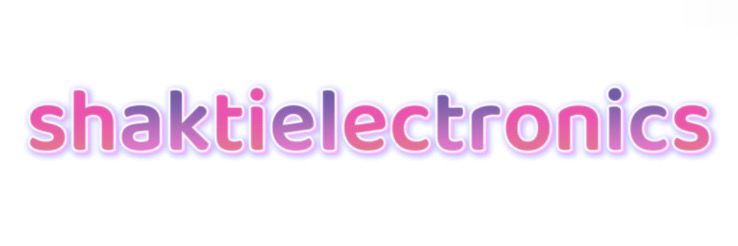How Can a Smart Traffic Light Controller Improve Urban Mobility?
Jan. 17, 2025
Urban mobility is increasingly becoming a pressing issue in cities around the globe. As populations swell, the demand for efficient transport systems rises. One innovative solution that stands out as a game-changer is the smart traffic light controller. This advanced technology is designed to enhance traffic management, reduce congestion, and improve overall urban mobility.
Are you interested in learning more about smart traffic light controller? Contact us today to secure an expert consultation!
At its core, a smart traffic light controller utilizes real-time data to make informed decisions about traffic signal timings. Unlike traditional traffic lights, which operate on fixed schedules, these intelligent systems can adapt to variations in traffic flow. By analyzing factors such as vehicular density, pedestrian activity, and even weather conditions, a smart traffic light controller optimizes signal changes to ensure smoother transit for everyone.
Implementing smart traffic light controllers can lead to significant improvements in urban mobility. For starters, they greatly reduce wait times at intersections. By adjusting the length of green and red lights based on real-time traffic conditions, these systems lessen congestion. Studies have shown that cities deploying smart traffic light systems experience reduced travel times, with some areas reporting decreased delays of up to 30%. This not only makes commuting more efficient, but it also contributes to lower fuel consumption and reduced greenhouse gas emissions.
Another key benefit of a smart traffic light controller is its ability to enhance safety. Traffic lights equipped with smart technology can prioritize emergency vehicles, ensuring that ambulances and fire trucks can navigate through traffic without unnecessary delays. Additionally, the data collected by these systems can be used to identify high-accident areas, allowing city planners to implement necessary changes for increased safety.
Pedestrian safety is also improved with the integration of smart traffic light systems. They can provide dedicated signals for pedestrians and cyclists, promoting a more pedestrian-friendly urban environment. By prioritizing foot traffic during peak hours, cities can encourage walking and cycling, reducing reliance on cars and further easing road congestion.
The role of smart traffic light controllers is even more pronounced in the context of connected vehicle technology. As vehicles become increasingly equipped with communication capabilities, these traffic light systems can interact directly with cars to optimize their movement through intersections. This vehicle-to-infrastructure communication allows for smoother transitions through traffic signals and can minimize stop-and-go conditions, ultimately improving fuel efficiency.
While the benefits of a smart traffic light controller are clear, their successful implementation depends on infrastructure investment and collaboration between technology developers, traffic engineers, and city officials. Cities around the world, including New York, San Francisco, and various European cities, are beginning to adopt this technology to foster enhanced urban mobility. These pilot programs serve as models, showcasing how smart traffic lights can transform traffic management and urban planning.
Nevertheless, the potential of smart traffic light systems goes beyond mere traffic control. In the larger framework of smart city initiatives, they can be integrated with other elements, such as public transportation systems, to create a cohesive urban mobility ecosystem. For instance, aligning traffic signals with bus schedules can minimize delays, ensuring that buses arrive on time and safely. By examining the broader context of urban transportation systems, we can truly appreciate the value that a smart traffic light controller brings.
In conclusion, the integration of smart traffic light controllers represents a significant advancement in urban mobility solutions. By leveraging real-time data, these systems not only improve traffic flow and safety but also contribute to a more sustainable urban environment. As cities continue to evolve, embracing innovative technologies like smart traffic light controllers will be crucial for accommodating growing populations and enhancing the quality of life for residents.
If you’re an urban planner, city official, or interested stakeholder looking to improve your city’s traffic conditions, consider exploring the benefits of smart traffic light controllers. Your community's future could depend on it!
For more information, please visit traffic sign light.
309
0
0


Comments
All Comments (0)